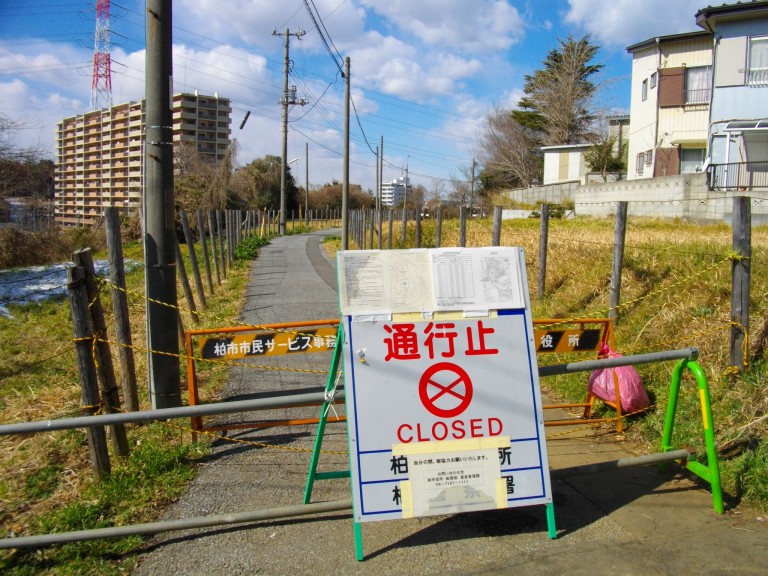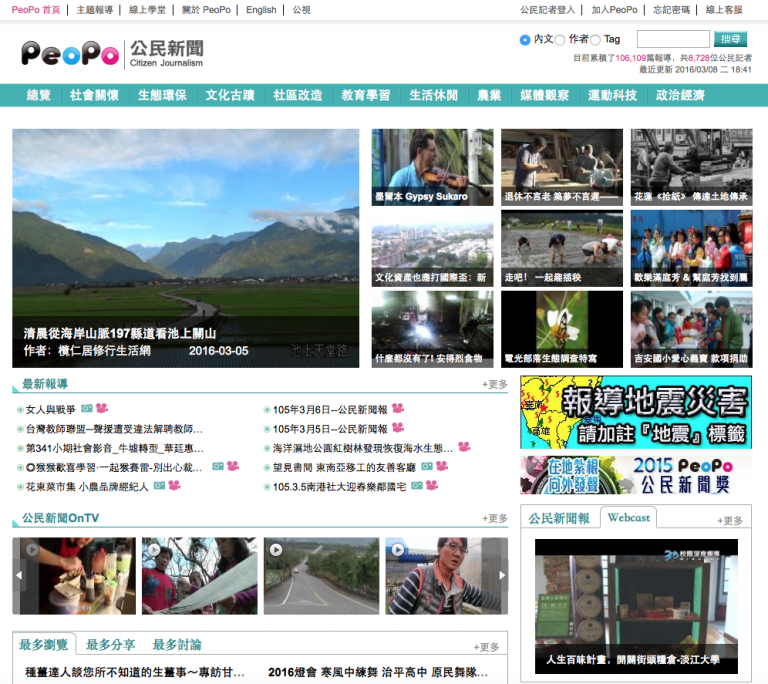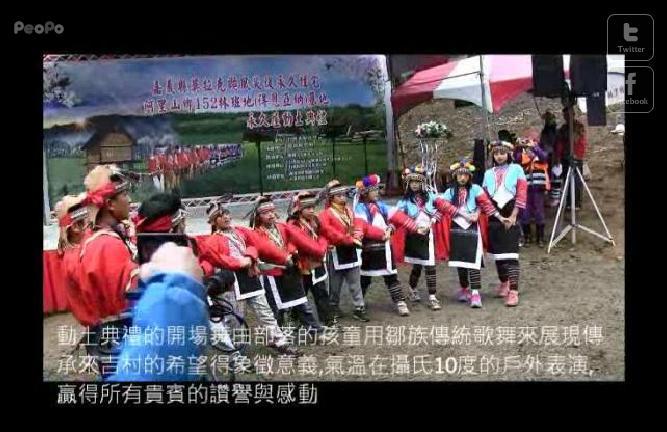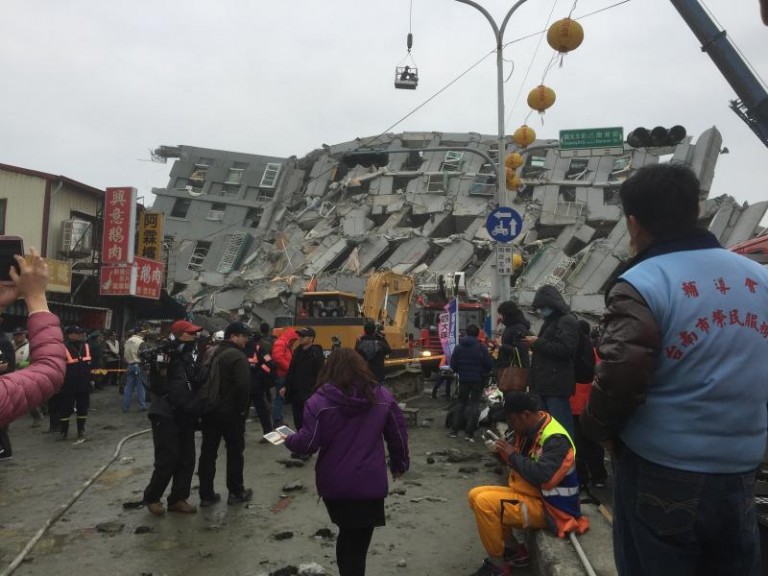|
Citizen journalism, public service broadcasting and crisis reporting in Taiwan
Public Television Service’s PeoPo initiative in Taiwan has successfully bridged the gap between citizen journalism and public service broadcasting, greatly improving the way PTS reports on disasters and emergencies. Using PeoPo as a case study, this feature article explores how the transition of public service broadcasters (PSB) to public service media (PSM) can offer an alternative way of reporting news through the use of inclusive and participatory communication. From PSB to PSM A key objective for any PSB is to provide impartial and accurate information for diverse audiences. In densely populated areas vulnerable to natural disasters, such as Taiwan, the ability of PSBs to reach the entire population with critical, sometimes lifesaving, facts is essential. As audiences continue to fragment with increasing access to a greater number of broadcast and multi-media platforms and networks, there is a need for PSBs to transition from traditional broadcast platforms to a multiplatform approach in order to maintain a high share of a national audience. This argument for transition is well known. Yet the participatory and interactive benefit of the Internet (or Web 2.0) to an audience can also help to transform the way PSBs report news, particularly in the aftermath of a natural disaster. In regions vulnerable to earthquakes and typhoons such as Japan and Taiwan, the failure of a PSB to provide accurate, relevant and well sourced information to a population can impact its reputation and potentially spark long term mistrust.
Despite NHK’s size, funding (683.1 billion Yen in 2015) and mandate – as Japan’s only PSB – to prevent and cover natural disasters, it was this incident that encouraged it to rapidly expand its online operations. Yet the extent to which NHK and other regional broadcasters interact with their audience pales in comparison to Taiwan’s Public Television Service (PTS), especially regarding active audience input.
PeoPo PTS has become a beacon for high quality PSM in the East Asian region. Regardless of its limited funding in comparison to NHK and Korea’s KBS, it has gone far beyond a remit to simply inform the public; by including its audience in the active provision of news through its PeoPo citizen journalism service. PTS launched PeoPo in 2007 in response to rising public distrust towards the country’s saturated and commercially driven news landscape. According to a 2003 report 47.4% of the population did not trust television news, with many complaining of a blurred boundary between news and advertising as well as a culture of sensationalism and polarisation to boost ratings.
In fact PeoPo allows reporters to self-edit and contribute stories without moderation by PTS. Interestingly this leniency is rarely abused due to PeoPo’s training programmes and standards set by an extensive code of ethics, which users must abide by. Furthermore, a “peer-monitoring mechanism” is in place and if objection to a story arises its author is invited to reconsider and amend their report. PeoPo has proved incredibly popular with a staggering growth in contributors. According to a 2014 RIPE report, the number of registered citizen journalists on PeoPo reached 3,412 by 2009 and 7,368 by the end of 2013 – impressive considering that the number of employed professional journalists in Taiwan fell by 10.1% between 2009 and 2012. PeoPo’s openness and editorial policy has made it a reliable tool through which citizens can hold their government and media to account, allowing PTS to provide a truly inclusive public service. It is these merits that give it such value during natural disaster events. In times of crisis PeoPo is highly regarded internationally for its role during natural disasters and emergencies, with many of its citizen reports quoted and featured on mainstream media. This is especially useful when professional journalists are unable to reach cut-off areas. Prior to Typhon Morakot in 2009, it was a PeoPo user in the northeastern county of Yilan that alerted the public to the huge volume of rain and damage brought by what turned out to be the strongest typhoon in 50 years. According to former PTS president Sylvia Feng, the user issued their report “hours before the government came to realize the magnitude of the disaster”, and ahead of all thirteen dedicated news channels in the country. In the south it was PeoPo’s citizen reporters that first uploaded footage of flooding and burst riverbanks, whilst those in Chiayi County captured the speed and severity of landslides long before the presence of mainstream journalists.
PeoPo is positively influenced by its lack of commercial incentive. Whilst competitive mainstream media gradually withdrew from reporting the aftermath of Morakot, PeoPo’s citizen journalists continued to report on the long-term recovery of affected areas, especially in rural and mountainous areas. This helped to ensure accountability by allowing the public to supervise post-disaster reconstruction efforts. Tainan Earthquake
PeoPo on the other hand, received 36 stories from its citizen journalists on the ground. As grassroots reports, these stories offered a local perspective with in-time updates and personal observations. More importantly, these independent reporters offered alternative images to mainstream media outlets, which were limited in their access to the site by authorities. Although these reports weren’t necessarily used in initial coverage of the earthquake by PTS, they have served to bolster its local representation in the long run, with PTS sourcing PeoPo footage for follow up-reports and documentaries from them. You can watch a selection of PeoPo reports on the Tainan earthquake here.
Click here to find out more about PeoPo.
|









 In 2011, the slow progress of Japanese PSB
In 2011, the slow progress of Japanese PSB  This is one of the reasons why PeoPo isn’t simply a means for the public to upload photos and videos for use by PTS. It works as a standalone news website and service, actively encouraging citizens to write news and report on events from a grassroots level, which PTS might otherwise struggle to cover. It encourages participation by offering training and the prospect of journalism awards. Yet more importantly, PTS actively uses content from PeoPo in its daily newscasts without an extensive editing process.
This is one of the reasons why PeoPo isn’t simply a means for the public to upload photos and videos for use by PTS. It works as a standalone news website and service, actively encouraging citizens to write news and report on events from a grassroots level, which PTS might otherwise struggle to cover. It encourages participation by offering training and the prospect of journalism awards. Yet more importantly, PTS actively uses content from PeoPo in its daily newscasts without an extensive editing process. The speed of citizen reporting highlights the mobility of such a large network of unofficial journalists, especially when information is shared via social media networks. By the time Morakot’s devastation was heavily featured in the mainstream media, PeoPo had received hundreds of reports from its users. The PeoPo news offices even installed
The speed of citizen reporting highlights the mobility of such a large network of unofficial journalists, especially when information is shared via social media networks. By the time Morakot’s devastation was heavily featured in the mainstream media, PeoPo had received hundreds of reports from its users. The PeoPo news offices even installed  Giving the grassroots perspective is what PeoPo does best, even when an incident is largely covered by mainstream broadcasters. According to Jessie Shih, Director of the International Department at PTS, there was little need for the broadcaster to use PeoPo reports in its coverage of February’s 6.4 magnitude earthquake in the southern city of Tainan, due to its impact on a single location. Mainstream news agencies easily gathered at the location of the largest loss of life, a collapsed 17 storey apartment in Tainan’s Yongkang District where 114 of the confirmed 116 deaths occurred.
Giving the grassroots perspective is what PeoPo does best, even when an incident is largely covered by mainstream broadcasters. According to Jessie Shih, Director of the International Department at PTS, there was little need for the broadcaster to use PeoPo reports in its coverage of February’s 6.4 magnitude earthquake in the southern city of Tainan, due to its impact on a single location. Mainstream news agencies easily gathered at the location of the largest loss of life, a collapsed 17 storey apartment in Tainan’s Yongkang District where 114 of the confirmed 116 deaths occurred. The development of PeoPo in response to widespread distrust in broadcast media and the consequent movement of audiences to digital platforms, has been extremely successful for PTS. By transforming a passive audience into active producers PTS has not only enhanced its democratic accountability, but has also created a cost-effective and essential tool for improving its coverage and range of sources in times of crises, natural disasters and emergencies.
The development of PeoPo in response to widespread distrust in broadcast media and the consequent movement of audiences to digital platforms, has been extremely successful for PTS. By transforming a passive audience into active producers PTS has not only enhanced its democratic accountability, but has also created a cost-effective and essential tool for improving its coverage and range of sources in times of crises, natural disasters and emergencies.